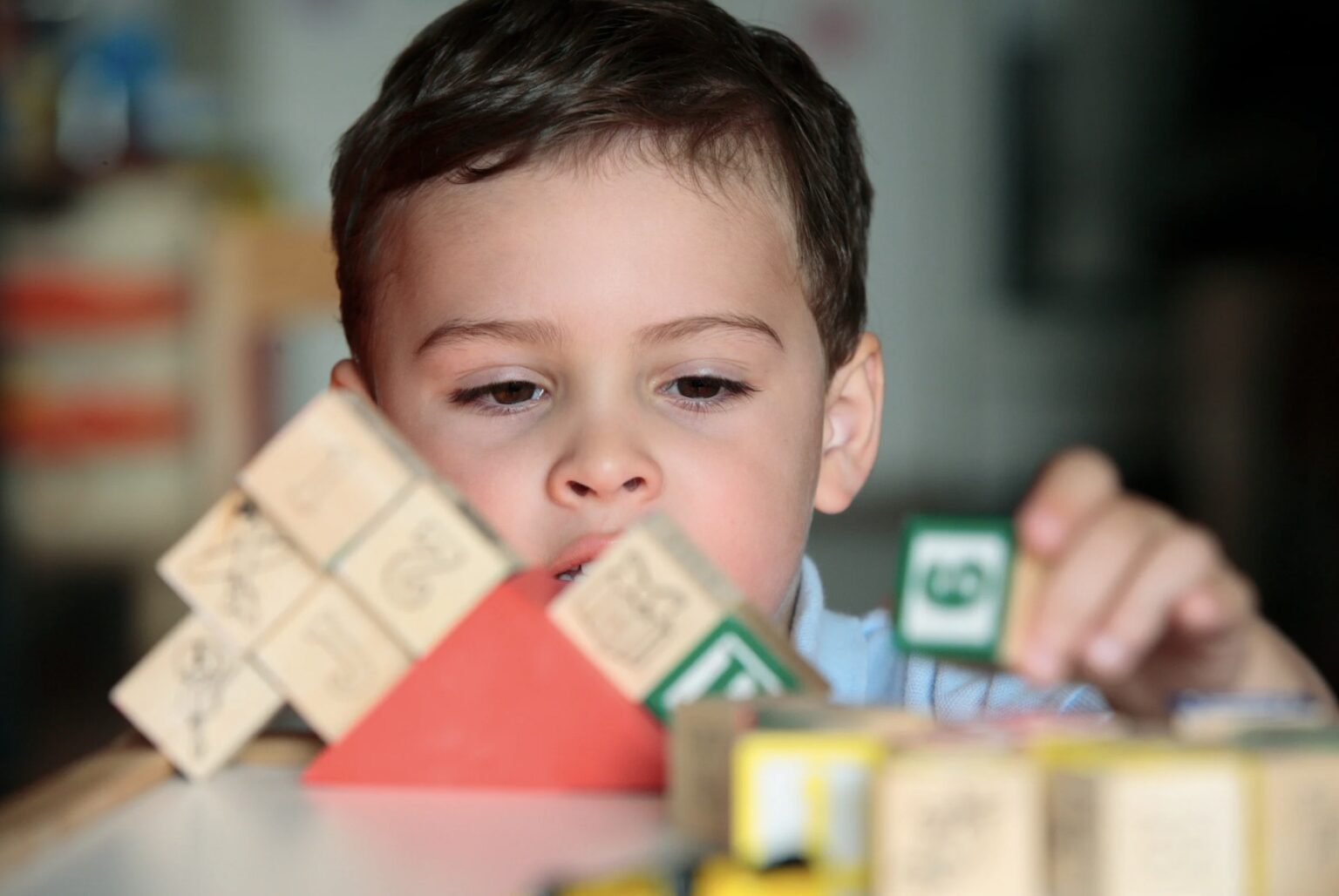The Quiet Flame of Concentration: The Stillness That Builds the Child

When we think of a child’s freedom in Montessori, we might imagine movement: freely chosen tasks, exploration with the hands, a dance of discovery. But what if the truest expression of freedom wasn’t motion at all, but stillness? A quiet moment when the body settles and the mind comes alive. This is where spontaneous activity, supported by the right environment, leads us: to concentration.
The Natural Emergence of Attention
In Montessori environments, no one teaches the child how to concentrate. No rewards or punishments are needed. Instead, attention arises naturally – spontaneously – when a child becomes deeply absorbed in a meaningful activity of their own choosing.
And when it does arise, it is unmistakable. The posture shifts, the breathing slows, the hands move with purpose. A bubble seems to form around the child. Time disappears. In this protected space of concentration, the personality begins to organize itself.
Montessori saw this not just as learning, but as psychic construction. A child is not merely focused – they are forming the very foundation of their character. From within.
Freedom and Discipline, Not as Opposites
This is one of the most beautiful and misunderstood truths of Montessori education: freedom does not lead to disorder. In fact, the freedom to act, to choose, to repeat – is precisely what allows a child to find their own rhythm and order.
When a child is allowed to act spontaneously in a carefully prepared environment, they eventually reach a point of stillness. Not a passive stillness, but one filled with inner life. This is the birthplace of discipline. Not the kind that’s imposed from the outside, but one that grows naturally from within the child.
The child who at first moved aimlessly soon begins to move with grace. They act with intention. They care for their surroundings. They engage with others with empathy. And all of this grows – not from adult control, but from the child’s own deep engagement with purposeful work.
Guardian of the Flame
It can be challenging to trust this process. Especially when we see a child doing something over and over again, or working in silence for long stretches. The adult’s role in these moments is subtle but essential: to observe, not to interrupt. To offer support when needed, but not to rush in with praise, correction, or interference.
This attention, this concentration, is the child’s sacred work. In Montessori’s words, it is how the child “builds himself.” It is the moment when spontaneous activity becomes transformative.
A New Way of Seeing
We might say the journey of spontaneous activity moves in stages – from movement to order, from exploration to repetition, from energy to attention. And in each stage, the child becomes more centered, more independent, more themselves.
By the end, what we see is not simply a child who can complete tasks. But a child who works with joy, who is deeply at peace, and who expresses their inner life with quiet dignity.
This is what Montessori called normalization: not a fixed state, but a sign that the child has found alignment between their needs, their environment, and their own unfolding potential. To witness a child in this state of spontaneous attention is to glimpse something profound. It is the still point where freedom and discipline meet, where movement gives way to meaning.
And it is a reminder – to parents, educators, and caregivers alike-that our role is not to fill the child with knowledge, but to prepare the space where their spirit can grow.
So when you next see a child repeating an activity with quiet concentration, don’t rush to praise or redirect. Instead, pause. Let your heart soften. You’re witnessing a human being becoming whole.
This blog post was inspired by “Maria Montessori’s Spontaneous Activity in Education”
Montessori Beginnings
YOUR ULTIMATE
MONTESSORI PARENTING COURSE
FOR ZERO TO THREE
Gain clarity and confidence in your parenting to raise a resilient, independent and joyful child.


